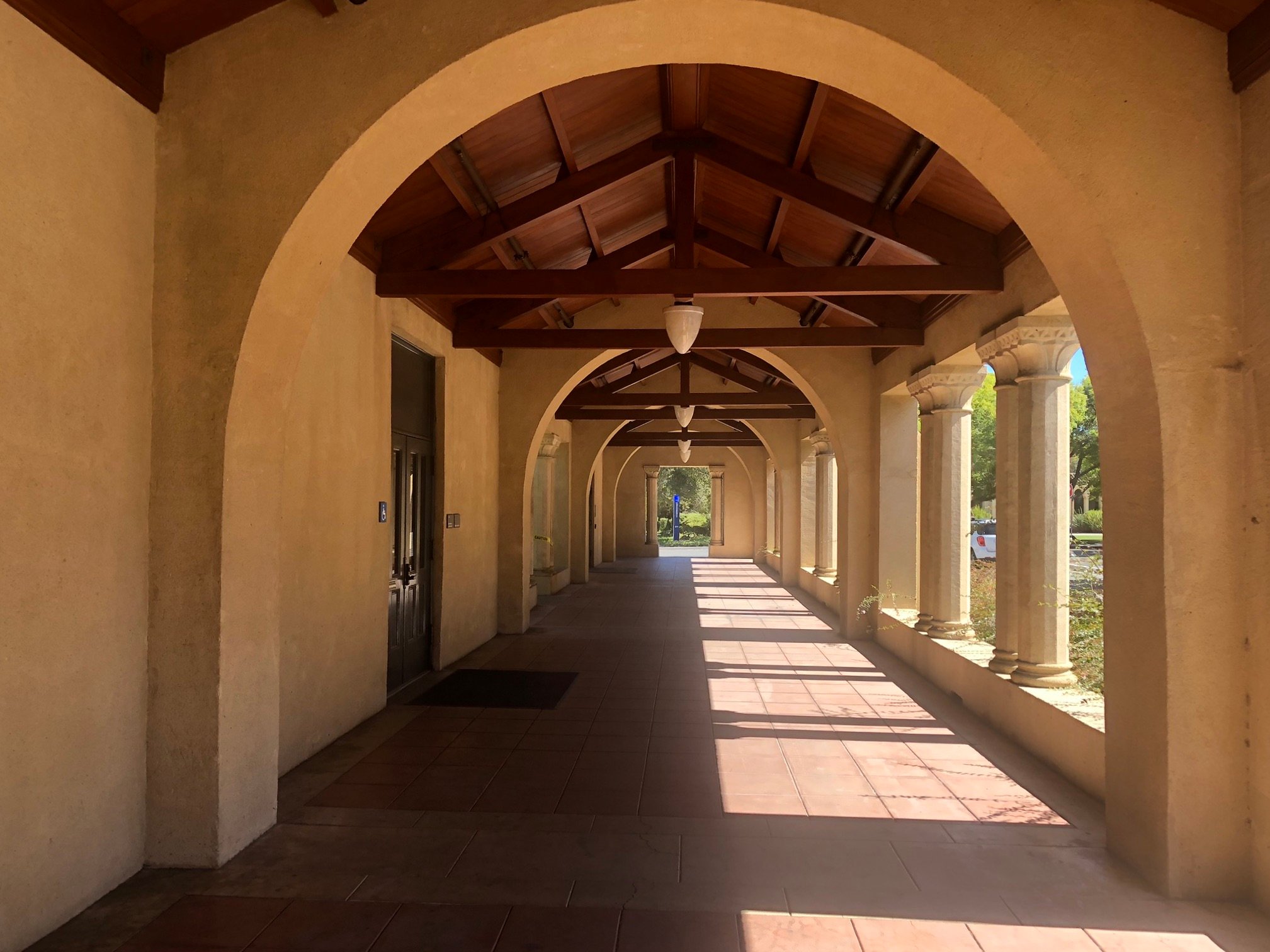Stanford reported a 4.4% increase in consolidated net assets for the 2020 Fiscal Year, raising the University’s overall valuation to $47.2 billion, according to a report released on Tuesday. Despite this increase, Stanford officials say finances will be an ongoing challenge.
The report comes after a series of budget changes to account for a forecasted financial deficit. The Board of Trustees approved a budget that accounted for a 10% reduction in general funds this July, and the University laid off 208 workers and furloughed 30 in response to these deficits in June.
These returns are revenues generated by Stanford Health Care (SHC), Lucile Packard Children’s Hospital (LPCH) and the University itself.
Overall revenues increased by 2% to $12.5 billion, while overall expenses increased by 6% to $12.3 billion. Health Care Services made up a majority of the revenues, comprising 57% of the total. In addition to the strong performance from the newly opened Stanford Hospital, the University also received over $1 billion in gifts and pledges this fiscal year, marking a 28% year-over-year increase from 2019.
The school experienced “reduced revenues from student room and board, executive education and conferences,” but these losses were ultimately offset by cost-saving efforts, CARES relief funding and donor generosity, said Randy Livingston, Stanford’s chief financial officer and vice president for business affairs, in an interview with Stanford News.
The report also attributed the increase in net assets in part to what it called “better than expected endowment returns,” since the University netted $1.6 billion in investment gains this past year.
Despite the discrepancy between budget planning and financial results, Board of Trustee Chair Jeff Raikes ’80 said that there will be “no significant changes for this year’s budget.”
Raikes also characterized the volatility of the market as an explanation for conservative budget estimations, saying out that “the market was down about 30%” when budgeting originally occurred.
“It’s a volatile time, but we’re trying to do our best to make sure that we come out of this, with Stanford being even stronger,” Raikes said.
University spokesperson E.J. Miranda told The Daily that the University is taking on a “conservative financial approach” that will “serve Stanford well in planning for the long term while dealing with continued financial challenges.”
Miranda also wrote that some of Stanford’s actions — “a salary freeze, hiring pause, pay reduction for senior leadership, reduction of discretionary spending by departments, and a hold on approvals of all new capital projects” — have been necessary in mitigating negative financial impacts.
According to President Marc Tessier-Lavigne, the effect of the pandemic on Stanford’s finances “will not be a temporary budget blip, but an ongoing challenge.”
“As we look ahead, we will continue to take thoughtful steps to position Stanford for a strong recovery as we support the health and safety of our community,” wrote Tessier-Lavigne.
Contact Benjamin Zaidel at bzaidel ‘at’ stanford.edu
